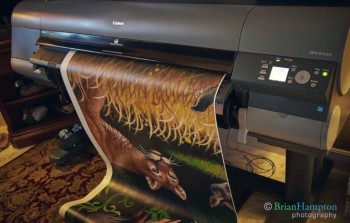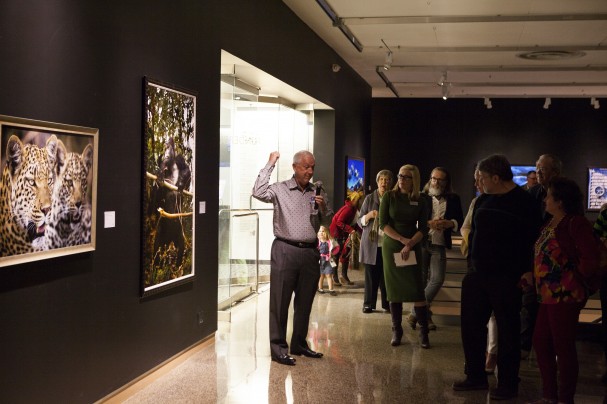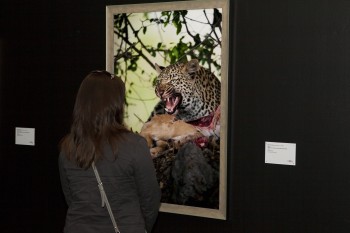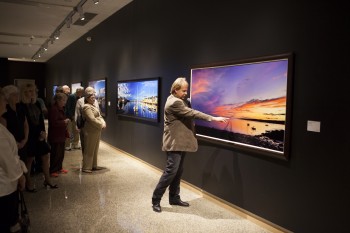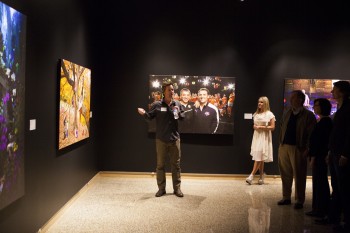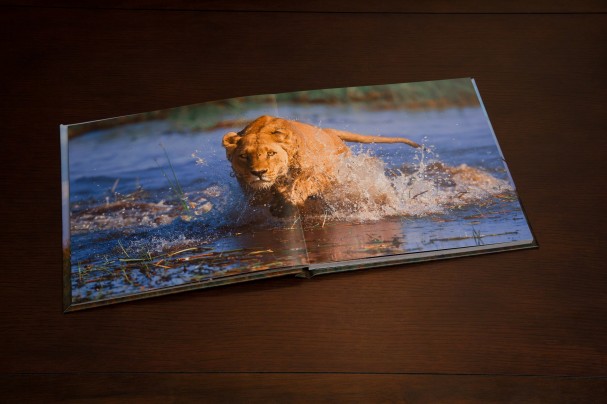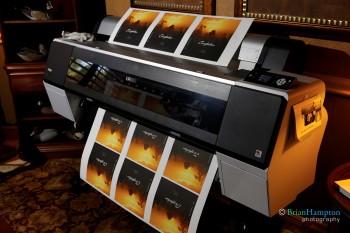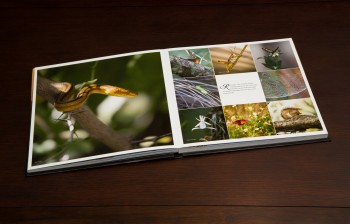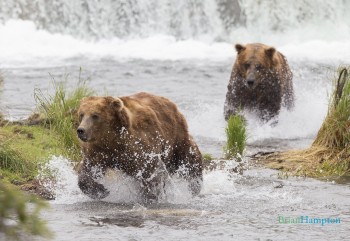Photographer Brian Hampton had been shooting the wildlife at the Audubon Corkscrew Swamp Sanctuary in Naples, Fla., for years before an idea to collectively capture many of the creatures came to him.
While individual photos of the animals were stunning, Hampton had a different visual in mind: A collage of 20 different species that live in the Sanctuary. This “masterpiece mural,” as he calls it, could become a signature piece of art in the main visitors center at Corkscrew, which has approximately 100,000 annual visitors.
Hampton, and his wife, Donna, donate photography and video work to several organizations and wanted to do the same for Corkscrew. Hampton commissioned artist Tom Heflin to paint the original 30-by-60-inch collage. Once complete, Hampton had it scanned digitally, then he printed the 7-by-14-foot mural in 3-foot-wide panels on Sunset Select Gloss Canvas using his Canon imagePrograf 8400 printer. The panels were applied to a custom wall panel installed in the center.
“I was looking for a canvas that would show the mural’s brilliant colors,” Hampton says about his choice in Sunset canvas. “Sometimes canvas can look really flat, and I wanted a more saturated look.”
The Hamptons created a video that gives a look behind the scenes of the project:
The mural was installed in early February 2015, and since then Hampton has used the same image to make T-shirts and posters, which have sold well at Corkscrew’s gift shop. “I’m hoping others will want to do something like this in their towns,” he says.


